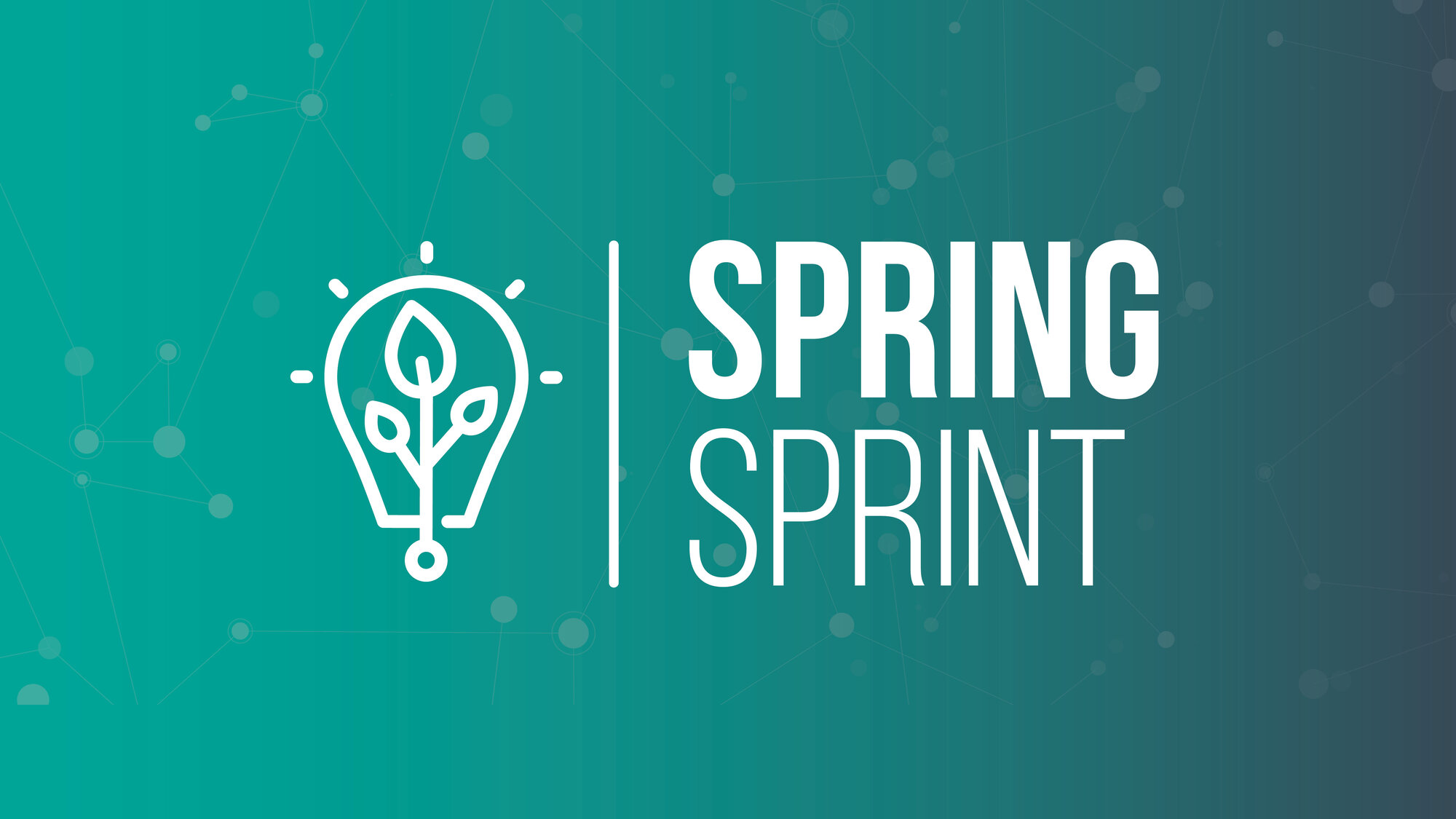
If you would be unfamiliar with the concept of a Digital Innovation Hub and would commence to study it as a research object, you would have a hard time classifying it based on existing theory. If you would perceive it from the position a hub usually takes within the innovation cycle, you could estimate DIHs are subsidised research centres; then again, given their role as a service provider to accelerate innovations of others, you could classify them as commercial business. Or, are DIHs sector representatives, engaged with creating and building an ecosystem? In fact, you would find out DIHs are all of that. It is thus of no surprise that to run a DIH, a task now often connected to an individual, you would need to be a jack of all trades.
It is this realisation that has kept the SmartAgriHubs team highly motivated in the past four years to create an environment in which DIHs, and their leaders, could expand their knowledge, grow their capacities and learn from others. The conclusion of this work has been the Spring Sprint: 4 weeks in 2022, in which a dedicated group of about 10 DIHs came together in a frequent rhythm playing a melody of learning and exchanging. The SmartAgriHubs team was impressed by lots of findings during these weeks, some of which we would like to share with you:
The operating business model of a DIH can take many forms, and through the SmartAgriHubs maturity self-assessment, a DIH can find those that are strong enough to make money. But if you think you have the strategy somewhat right, should you get back to it? Well, by ‘confronting’ an existing strategy freshly, and challenging existing assumptions, new questions are raised. And questions are an opportunity to learn! Especially important as typically people in the organisation change and your environment changes, too. Just imagine how some of our colleagues may be robots in a few years!
We see the DIH as a business-like organization. As the innovations, you want to drive require a longer-lasting interconnection in your ecosystem, and projects and subsidies may end, it makes sense to approach this with a longer timeframe in mind and try and capture some of the value that you create. Diversifying cost-benefit and funding streams can be useful here, not only from the perspective of the DIHs but also: what funding streams match with the stakeholders you serve?
The Key is however how to market what you do; a tailored format should be created to serve different needs. If you get that right (eat the pudding and get data-driven market insights!), you can eventually turn stakeholders into ambassadors. Lastly, a connecting fact between DIHs that operate in very different fashions is their passion for innovations in digital technology, so there is always a DIH to spar with. Connections made during the peer exchanges of SmartAgriHubs will thus be sure to last!
As our experienced panel at the kick-off stressed, you should be mindful of wanting to gain expertise on every ground. Try to delegate different tasks. Attract someone to think strategically, or operationally if you are the more strategic one. However, our Spring Sprint laureates are all constantly demonstrating their ability to grow in their role as a jack of all trades, and we applaud them for it.
Our laureates of the Spring Sprint 2022:
-
• Carlotta Manzoni;
-
• Kieran O'Donoghue;
-
• Tunde Gyarmati;
-
• Vesna Alič;
-
• MBA Marga Vintges;
-
• Orsolya Szaplonczay;
-
• Dolores Ordoñez;
-
• Harald Sundmaeker;
-
• Bart Minne;
-
• Lars Horsholt Jensen
And a special mention for the two top achiever DIHs: Carlotta Manzoni and Marga Vintges.